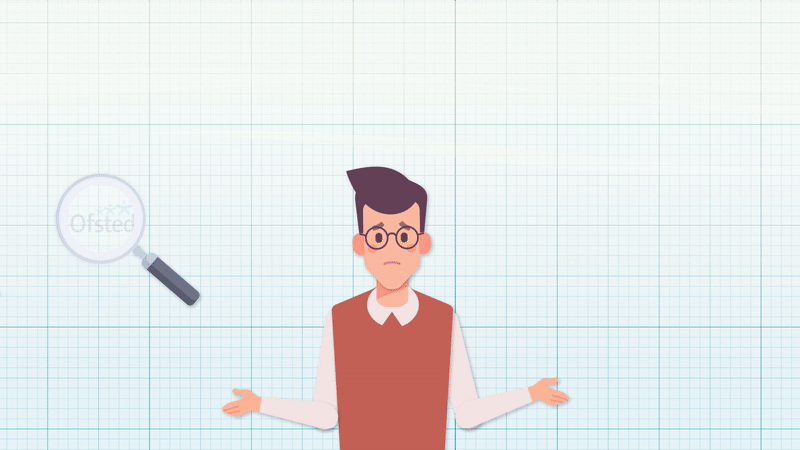What’s the difference between Animation and Motion Graphics? Well, technically motion graphics are a type of animation. Animation is a catch-all term for any moving imagery including cartoons, stop-motion, hand-drawn, 3D and character animation.
“If you think about it, ‘to animate’ means ‘to bring to life’ or ‘to move or stir into action’ and that’s exactly what an animator does – they bring movement and life to inanimate images.” Amy – Head of Media at Square Daisy
Although the lines are blurry at times, motion graphics tend to focus on ‘giving life’ to graphic design elements, rather than illustrations or characters. They also usually have less narrative or storytelling than some of the other types of animation, kind of like the difference between art and design.
How to tell the difference
Motion graphics tend to be used for adding an extra flair to something visual like a graph, text, icon or logo. Motion graphics usually feature computer generated imagery, clean lines, shapes, objects or text. They can be used as a visual aid to illustrate complex ideas, a bit like using a graph or a diagram in a PowerPoint but better.

Although animation covers all kinds of moving imagery, the term is usually more often used to describe something that has narrative, like a character animation. It usually describes a more cinematic art form, with emotions and a journey – it’s a powerful storytelling medium.

When should I use motion graphics?
Motion graphics work best when you want back up a point you’re trying to make, whether that is text or spoken in the voiceover. They are great at emphasising facts or statistics, and really useful for explaining a complex process or service in an easy-to-understand way. Graphs and diagrams can come alive with motion graphics.

Also, motion graphic animations are often pretty budget friendly compared to other styles as a less complex style of animation. The movements and transformations are typically simpler, whereas when you start to introduce characters the subtleties of motion is more time-consuming and labour intensive.
When should I use other types of animation?
Character animation can be used for building empathy. For example a service where the journey of the customer is at the centre of the narrative, or a product that is focused on user-experience.

Character animations don’t have to be childish or cartoon-like to convey emotion, it’s amazing how expressive eyebrows can be!
Iconography based animations are pretty good for communicating quickly, because icons and symbolism are everywhere in our daily lives. Icons are a shortcut for providing information so with a good voiceover they can do the trick to convey your key selling points. They can also fall between motion graphics and character animation with their level of complexity, and therefore budget.

3D animation (like you see in Pixar films) is a whole different ball game and comes with its own set of rules and problems. We don’t have the capability in house to create true 3D animation, however After Effects does have features that mean we can create a faux 3D style. This essentially means we can position 2D layers in a 3D space and move a CGI camera around them through all three dimensional planes – width, height and depth. The easiest want to explain this is the difference between an actual tennis ball, and a really good drawing of a tennis ball on a piece of paper.

How do I get an animated video?
After reading all that you might be wondering how we make animations? Luckily we’ve animated a video to explain the process… We love creating animations for our clients, and we have a robust process for each video production.
How animated videos are created from Square Daisy on Vimeo.
From looking at our examples, you may have realised there is a lot of overlap between the animation styles – there’s no hard and fast rules in the creative world and sometimes an explainer video might benefit from characters and graphs, or text and icons! The options are limitless. Are you excited yet? Got those creative juices flowing? Get in touch with us to see how we can bring your product, service or process to life.

